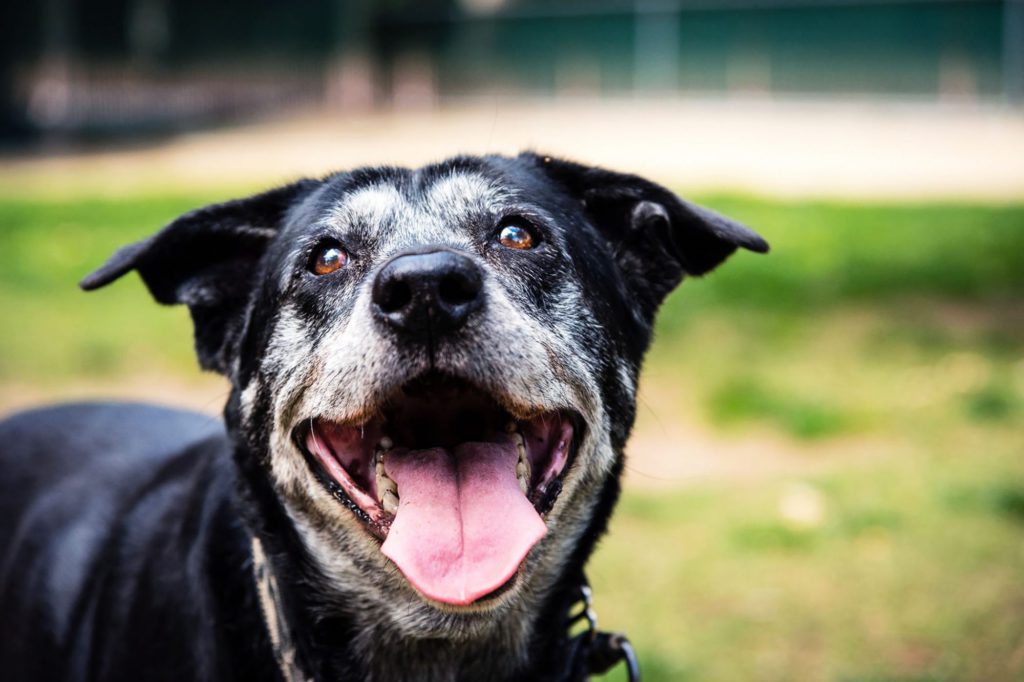A Guide to Exercises for Older Dogs
- September 27, 2024
- Planning

As our beloved pets age, maintaining their physical health becomes increasingly important. Older dogs, like their human counterparts, benefit greatly from regular exercise, which can help keep their joints flexible, muscles strong, and overall health in check. If you’re a pet owner concerned about your aging canine, this guide will help you understand effective exercises for older dogs and how you can support their well-being.
Why Exercise is Crucial for Older Dogs
Exercise is not just about keeping your dog fit; it also plays a significant role in their mental health and overall quality of life. For older dogs, regular physical activity can:
- Improve Joint Health: Gentle exercise helps keep joints flexible and can reduce the pain of arthritis.
- Maintain Muscle Mass: Aging dogs often lose muscle mass. Regular movement helps maintain strength and balance.
- Boost Mental Health: Activity stimulates your dog’s mind, reducing the likelihood of cognitive decline.
- Manage Weight: Regular exercise helps keep your dog’s weight in check, which is important for preventing obesity-related issues.
Gentle Exercises for Older Dogs
When it comes to exercising older dogs, it’s essential to focus on low-impact activities that won’t strain their joints. Here are some suitable exercises:
- Short, Gentle Walks
Short walks are ideal for senior dogs. Aim for several short walks throughout the day rather than one long walk. This approach reduces stress on their joints while still providing them with physical activity. Start with 5-10 minute walks and gradually increase the duration based on your dog’s comfort and stamina. - Swimming
Swimming is an excellent low-impact exercise that provides a full-body workout. The buoyancy of the water supports your dog’s body, reducing strain on their joints while allowing them to exercise. If you don’t have access to a pool, look for dog-friendly swimming facilities or consider a pet swimming class. - Gentle Fetch
Playing fetch can be adapted for older dogs by using softer, lighter toys and limiting the distance. Instead of vigorous throws, opt for gentle tosses that encourage your dog to walk or trot rather than sprint. This activity can help maintain muscle tone and provide mental stimulation. - Stretching Exercises
Gentle stretching can improve flexibility and reduce stiffness. Help your dog stretch their legs by gently extending them in front and behind, and encourage them to perform slow, controlled movements. Consult with your vet before starting a new stretching routine to ensure it’s safe for your dog. - Interactive Toys and Puzzles
Mental stimulation is just as important as physical exercise. Interactive toys and puzzles can keep your dog engaged and active while indoors. These toys often require your dog to use their problem-solving skills, which can help keep their mind sharp.
Tips for Exercising Older Dogs Safely
- Consult Your Vet: Before starting any new exercise routine, consult with your veterinarian to ensure it’s appropriate for your dog’s specific health needs.
- Watch for Signs of Discomfort: Pay attention to how your dog responds to exercise. If they show signs of pain or discomfort, reduce the intensity or duration of the activity.
- Provide Adequate Hydration: Ensure your dog has access to fresh water before, during, and after exercise to stay hydrated.
- Use Supportive Gear: Consider using a harness or supportive boots to help your dog if they have mobility issues.
Celebrate Your Pet’s Life with Pet Memorials
As you focus on your dog’s health, it’s also a wonderful time to reflect on their life and consider creating a lasting tribute. Pet memorials are a meaningful way to honor your dog’s legacy. Explore options for memorializing your pet on PetFuneral.com, where you can find resources for creating beautiful and personalized memorials.
If you’re interested in celebrating your pet’s life through a heartfelt obituary, visit our Submit an Obituary page. It’s a touching way to share their story and keep their memory alive.
FAQ
How often should I exercise my older dog?
Older dogs benefit from multiple short walks each day rather than one long walk. Aim for several 5-10 minute walks throughout the day.
What are some signs that my older dog might be overexerted?
Signs of overexertion include excessive panting, limping, reluctance to move, or signs of pain. If you notice these signs, reduce the intensity of exercise and consult your vet.
Is swimming good for all senior dogs?
Swimming is generally beneficial for senior dogs due to its low-impact nature. However, consult your vet before introducing your dog to swimming, especially if they have specific health concerns.
Can interactive toys replace physical exercise for older dogs?
While interactive toys provide valuable mental stimulation, they should complement, not replace, physical exercise. Combining both will help keep your dog’s mind and body healthy.
Related Articles

How Do You Know If It’s Time to Put Your Bird Down?
- September 13, 2025
- Planning

What Happens to Bonded Dogs When One Dies?
- August 12, 2025
- Celebrations of Life

What Happens to Bonded Cats When One Dies?
- August 30, 2025
- Celebrations of Life

What Kind of Behavior Does a Dog Exhibit Before Death?
- August 8, 2025
- Planning

What to Do When Your Pet Passes Away at Home
- July 24, 2025
- Planning
Search Articles
Sign Up For Our
Newsletter
Stay up to date on resources to help you prepare.